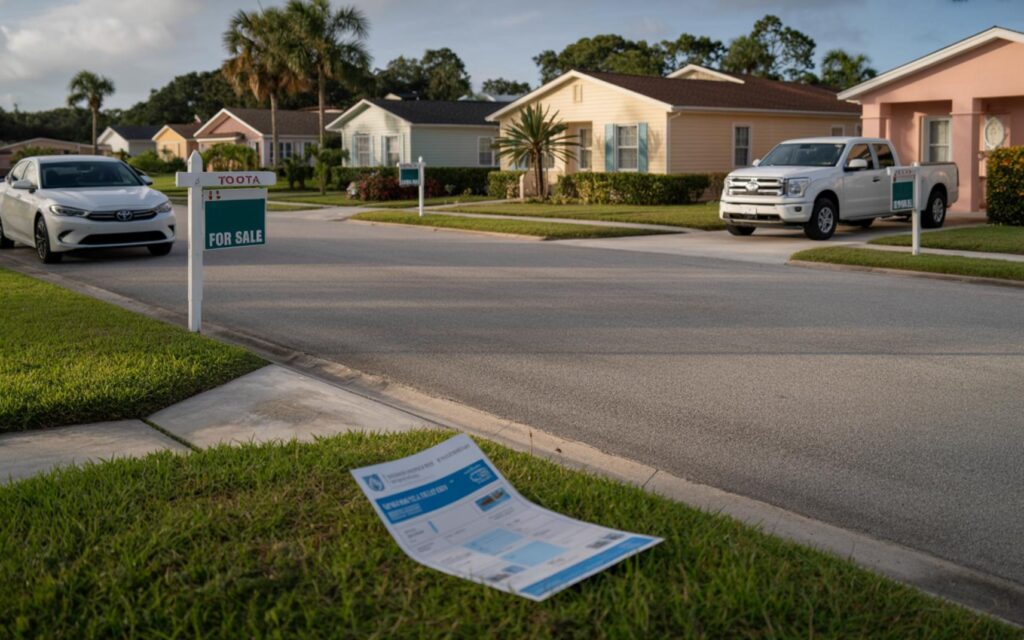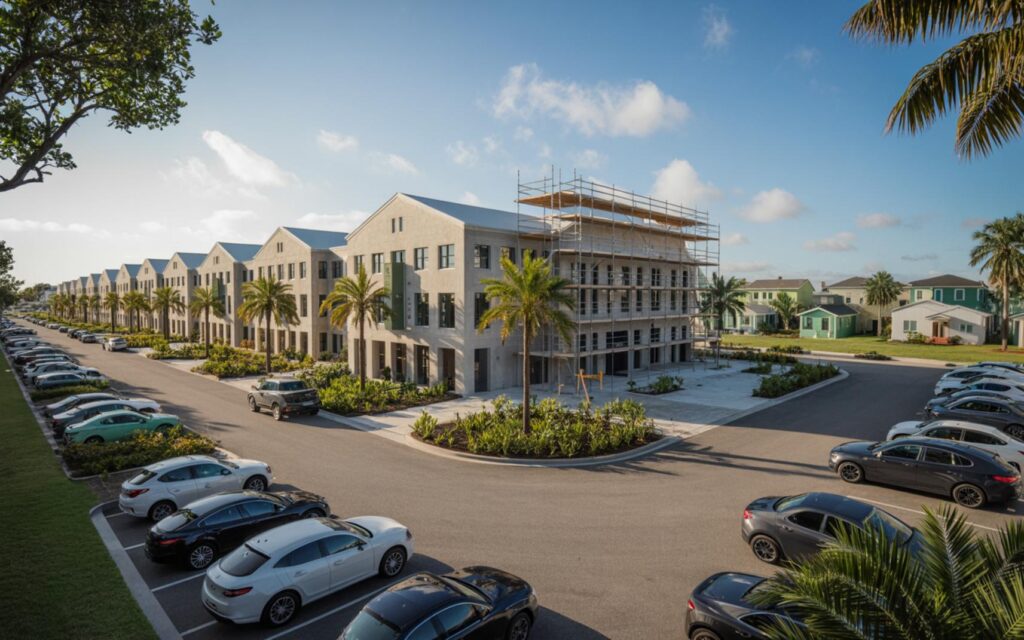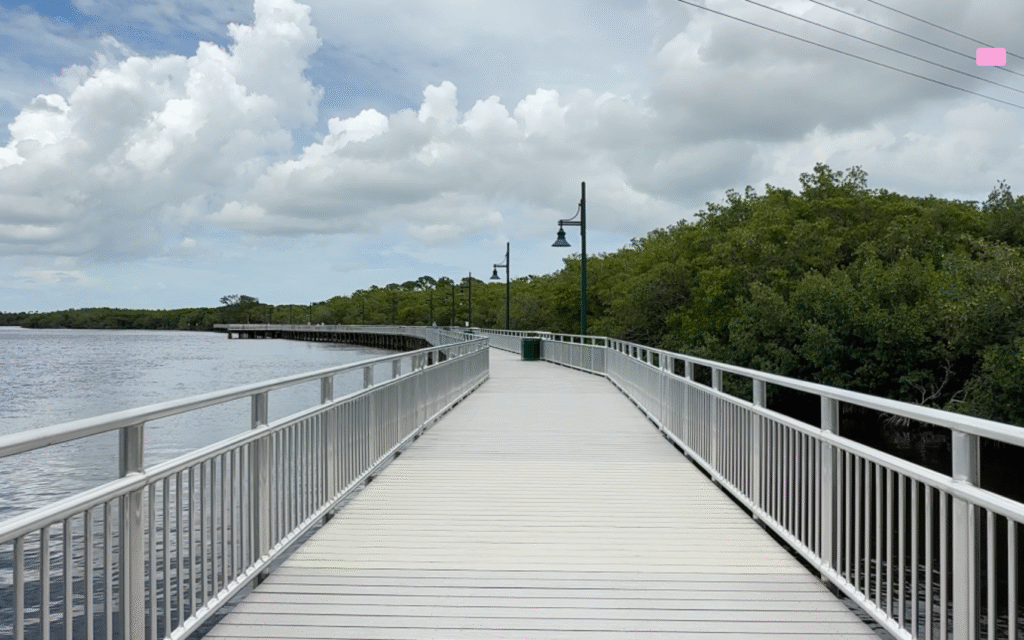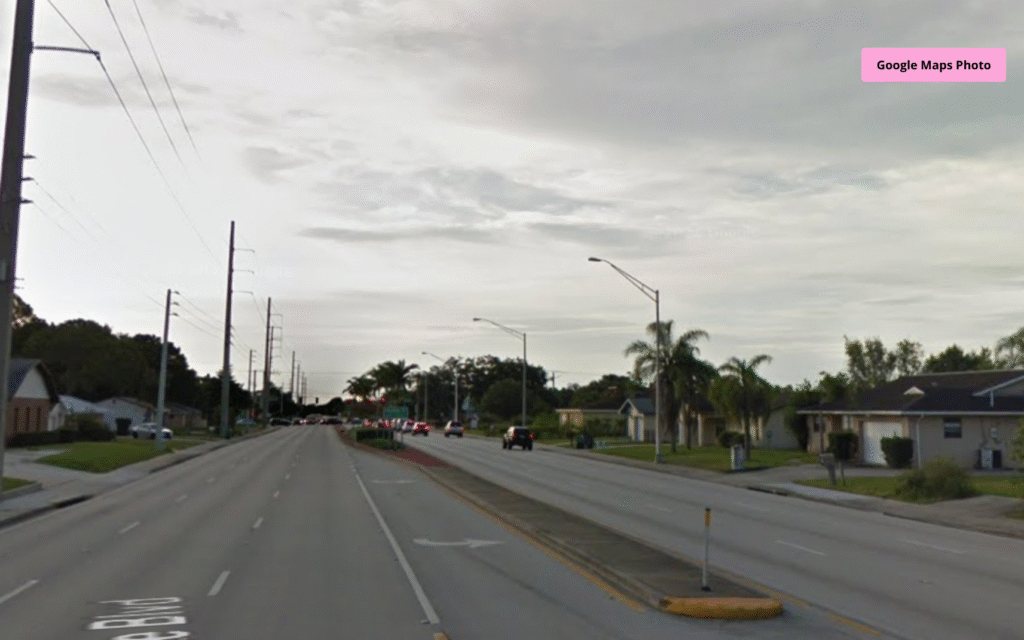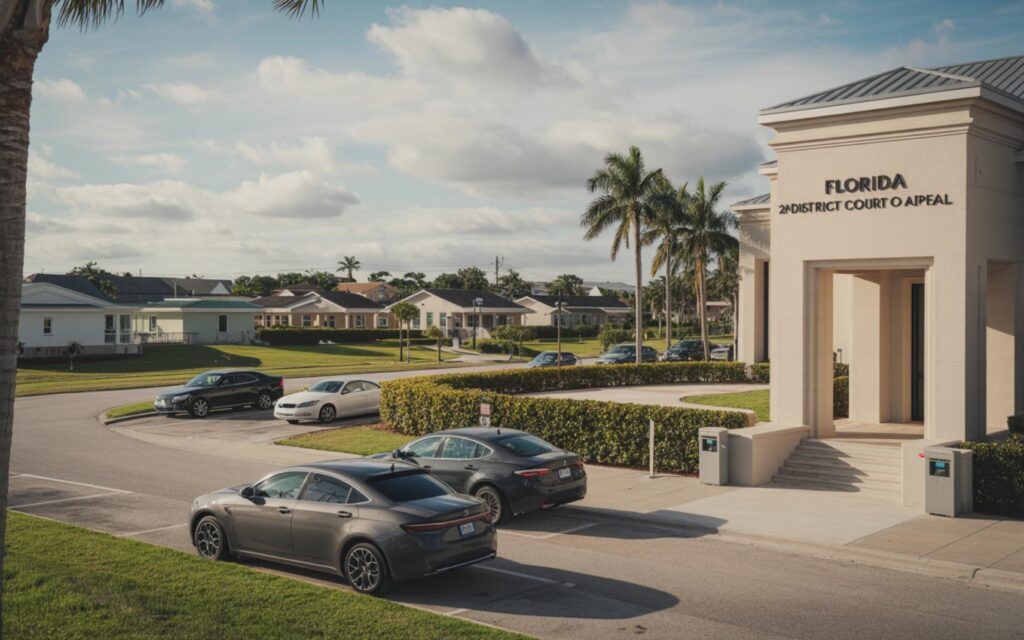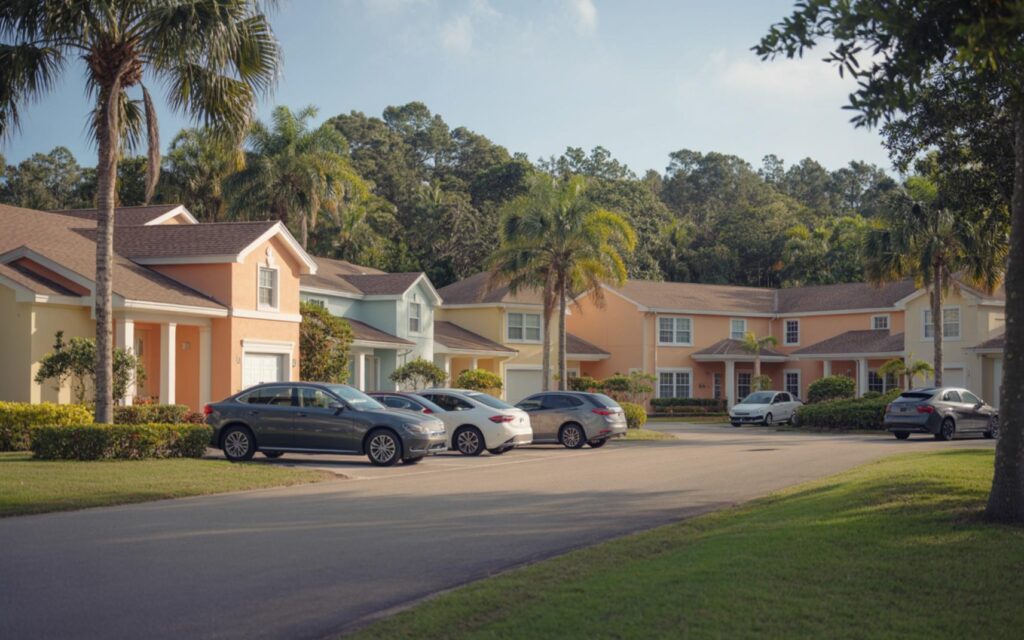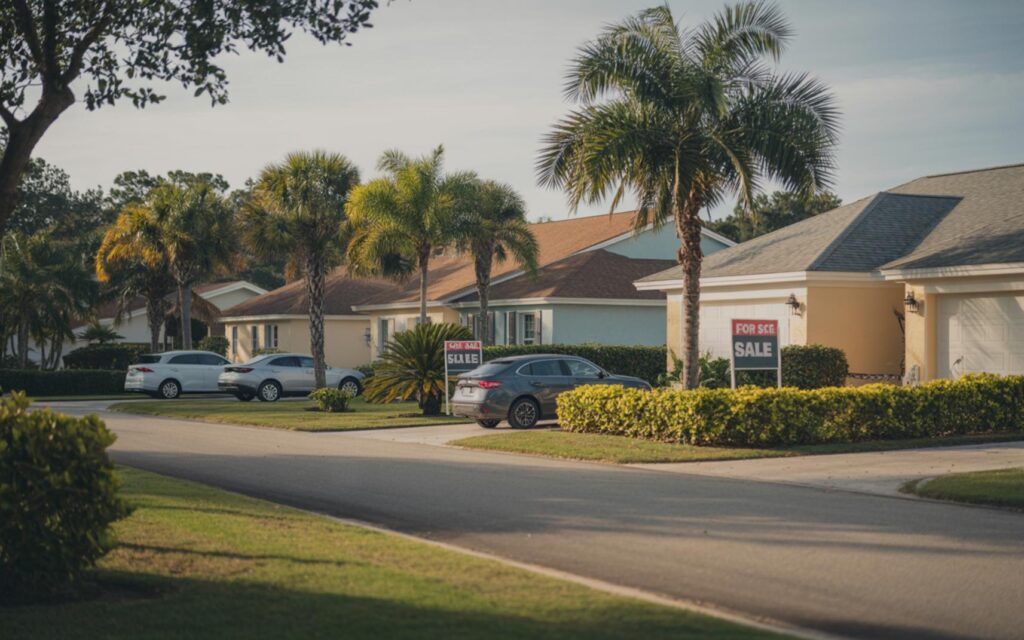Florida home insurance is facing a severe crisis, with active policies dropping sharply and premiums reaching record highs. The state’s unique climate risks and legal environment have created major challenges for homeowners and insurers alike.
Florida Home Insurance: Key Facts and Current Trends
Active home insurance policies in Florida have declined by about 78% over the past decade, according to state insurance data. This steep reduction reflects a shrinking market as private insurers withdraw or limit their exposure. The average annual premium for homeowners insurance in Florida is projected to reach $15,460 in 2025, nearly five times the national average.
Home insurance non-renewal rates in Florida nearly tripled between 2018 and 2023, with a 280% increase, the highest in the United States. As a result, about 20% of Florida homeowners are now uninsured, according to industry reports.
Citizens Property Insurance Corporation’s Expanding Role
The Citizens Property Insurance Corporation, Florida’s state-backed insurer of last resort, has grown significantly. It covered just 6% of the market a decade ago but now insures about 63% of Florida homeowners. This shift comes as private insurers exit or reduce their presence in the state.
New home insurance policies written quarterly have dropped from 164,000 to 37,000, showing limited options for new homeowners. Deductibles have also risen sharply, increasing by 24.5% from 2024 to 2025. Reconstruction costs for homes in Florida rose between 4.2% and 5.1% from October 2023 to October 2024, further impacting affordability.
Why Florida Home Insurance Is in Crisis
Florida’s geography and climate make it highly vulnerable to hurricanes and other extreme weather events. These risks lead to frequent and severe insurance claims, putting pressure on insurers and driving up costs for policyholders.
The state has also experienced high litigation rates related to property insurance. This legal environment has contributed to rising costs and has made the market less attractive for private insurers. According to insurance regulators, these factors have combined to create a uniquely challenging environment for Florida home insurance.
Private Insurers Withdrawing from Florida
Many private insurers have exited the Florida market or significantly reduced their exposure. Insurers cite unsustainable risk from hurricanes and high litigation costs as primary reasons. As a result, insurers are issuing more non-renewal notices and imposing stricter underwriting guidelines, making it harder for homeowners to obtain or keep coverage.
Excess and Surplus (E&S) insurance, which covers higher-risk properties, is becoming more common as standard insurers retreat. While some new insurance companies have entered the market since 2022, overall capacity remains limited.
Legislative Reforms and Market Stabilization Efforts
Florida lawmakers have enacted legislative reforms to stabilize the home insurance market. These changes include adjustments to litigation rules and efforts to attract new insurers to the state. According to the Florida Office of Insurance Regulation, these reforms aim to reduce costs and increase market stability.
Despite these measures, costs remain extremely high compared to other states. There are some signs of stabilization, such as a slower rate of premium increases in 2025, but meaningful relief for homeowners has not yet materialized.
Citizens Property Insurance: Risks and Concerns
Experts and state officials agree that Florida’s heavy reliance on Citizens Property Insurance is unsustainable in the long term. If a major hurricane strikes, the financial burden on the state-backed insurer could impact the broader financial system. According to Citizens Property Insurance Corporation, the insurer was created to provide coverage for homeowners unable to obtain private insurance, but its rapid growth signals deeper market issues.
Impact on Florida Homeowners and Real Estate
The crisis in Florida’s home insurance market is influencing real estate trends statewide. Rising insurance costs are affecting property values, home affordability, and the overall stability of the housing market. Some buyers are unable to secure affordable coverage, while others are deterred from purchasing homes in high-risk areas.
According to real estate analysts, these challenges may continue to shape Florida’s housing market in the coming years. The situation is also seen as a warning for other coastal states facing similar climate and insurance challenges.
Future Outlook for Florida Home Insurance
Experts agree that the combination of climate risk and high litigation rates has made Florida’s home insurance market uniquely difficult. Without significant reforms and risk mitigation, large areas of Florida may become uninsurable by private companies. Some are cautiously optimistic that recent legislative changes and new market entrants could eventually improve conditions, but meaningful relief for homeowners is not expected soon.
Frequently Asked Questions About Florida Home Insurance
What is causing the Florida home insurance crisis?
The crisis is mainly due to frequent hurricanes, high litigation rates, and rising reconstruction costs. These factors make it difficult for insurers to operate profitably in Florida.
How much is the average home insurance premium in Florida?
The average annual premium for homeowners insurance in Florida is projected to reach $15,460 in 2025. This is nearly five times the national average.
Are there alternatives to standard home insurance in Florida?
Yes, some homeowners use Excess and Surplus (E&S) insurance, which covers higher-risk properties. The state-backed Citizens Property Insurance Corporation also provides coverage when private insurers are not available.
Can you get home insurance if you live in a high-risk area of Florida?
It is possible, but options are limited and often more expensive. Many private insurers have withdrawn from high-risk areas, so homeowners may need to use Citizens or E&S insurers.
Where are Florida homeowners most affected by insurance changes?
Homeowners in coastal and hurricane-prone regions are most affected by rising premiums and non-renewals. These areas face the highest risks and the most limited insurance options.

